In Poland, my friend Edward keeps about thirty hives thriving on his farm. During a tour, he shows me that his bees are bringing in a lot of honey during this lovely summer day.
One of Edward's keys to success is to constantly be raising queens for the eventual splits, swarms and necessary re- queening of his hives.
Our language barrier prevented me from asking him about varroa mites, but I suspect the mites don't get a chance to infest his hives as he is at the apiary daily.
Edward and I compared notes on production quality. We discussed comb honey and top-bar frames (see my blog post on this at http://www.lincolnlandbeekeepers.com/blog---around-the-hive/are-you-experimenting-with-top-bar-frames).
He was very interested in this method as well as how we cover our hives on movable frame hives.
Beyond out love for beekeeping, We also shared our love for scraping together scrap wood and (in his case, tar paper for roofing) to construct solid hive-bodies for the bees.
I thoroughly enjoyed my visit with Edward. His excitement and knowledge were what you expect in looking at his bee yard. His pride in handing me a jar of his and his bee's delicious efforts was not disappointing!
The Poles like to cream their honey, which is what you are seeing here. And Edward likes to re-use jars as much a I do!
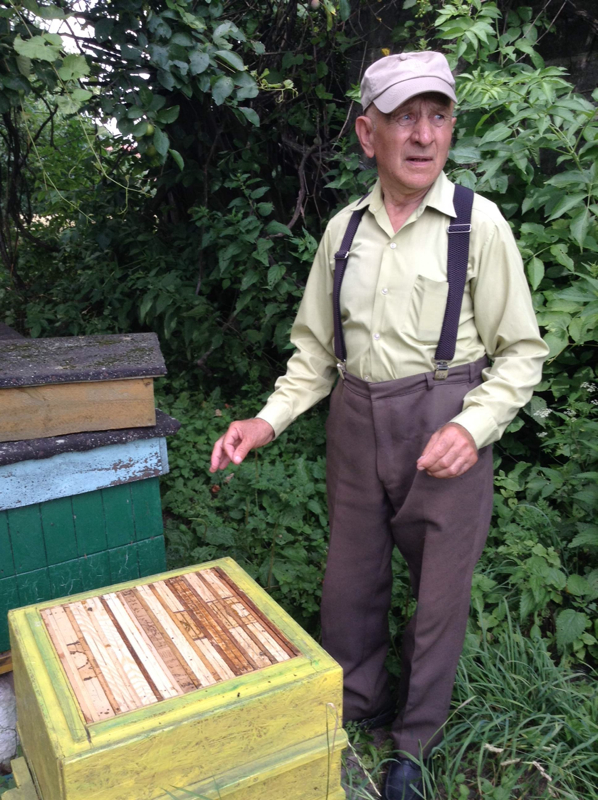
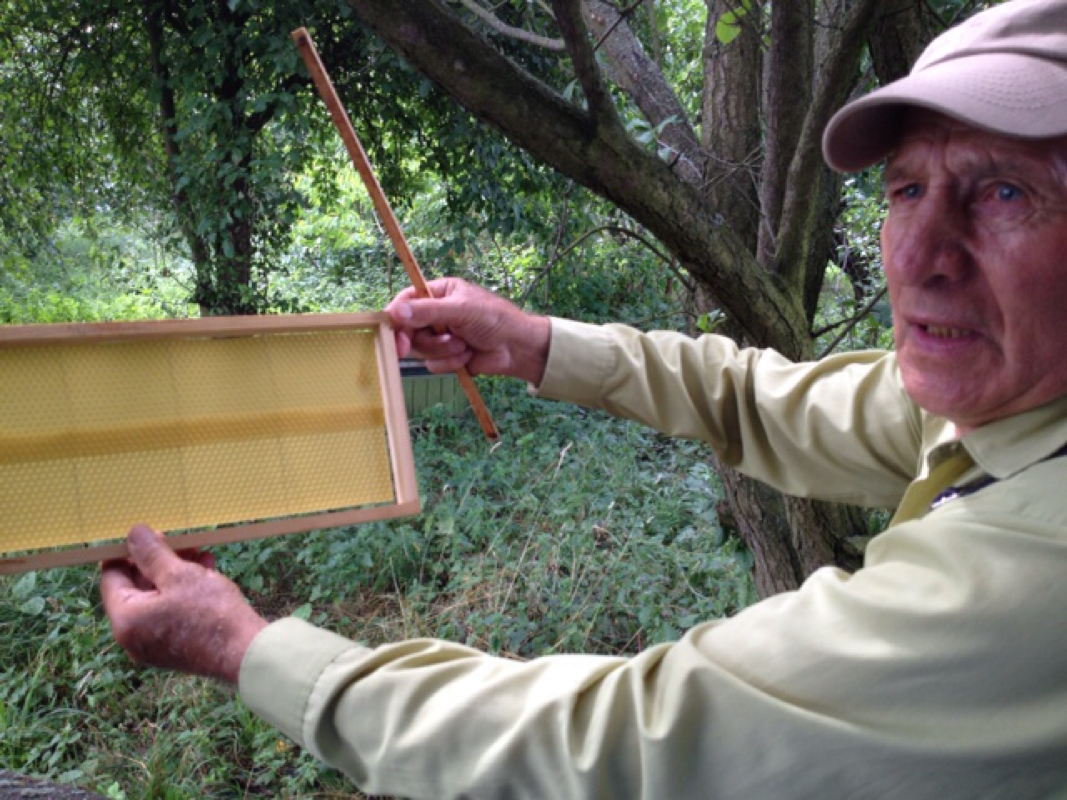
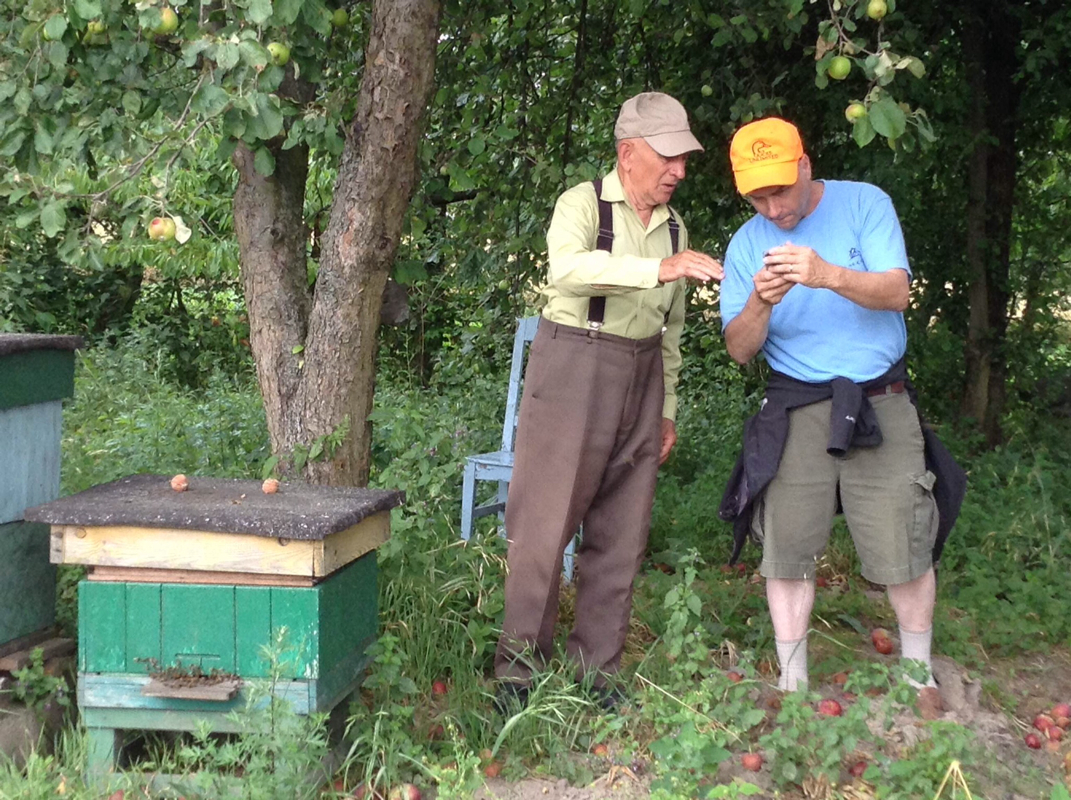
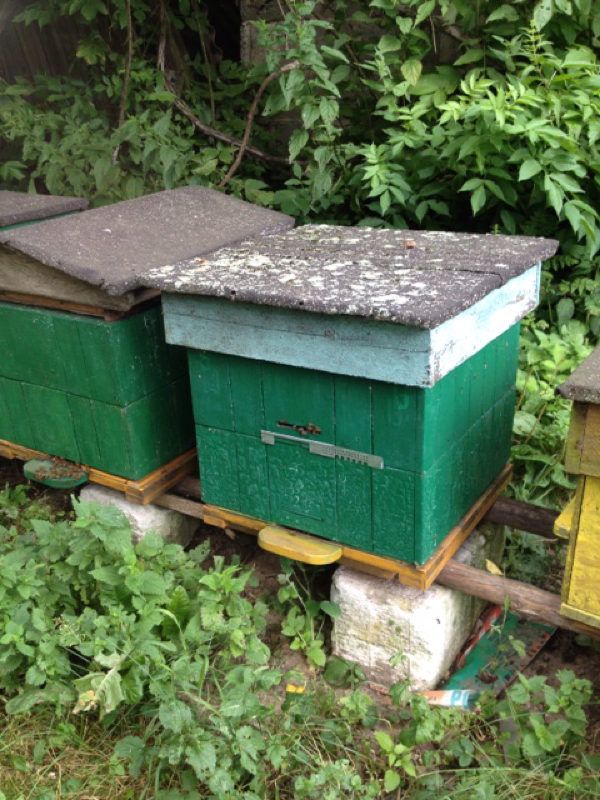
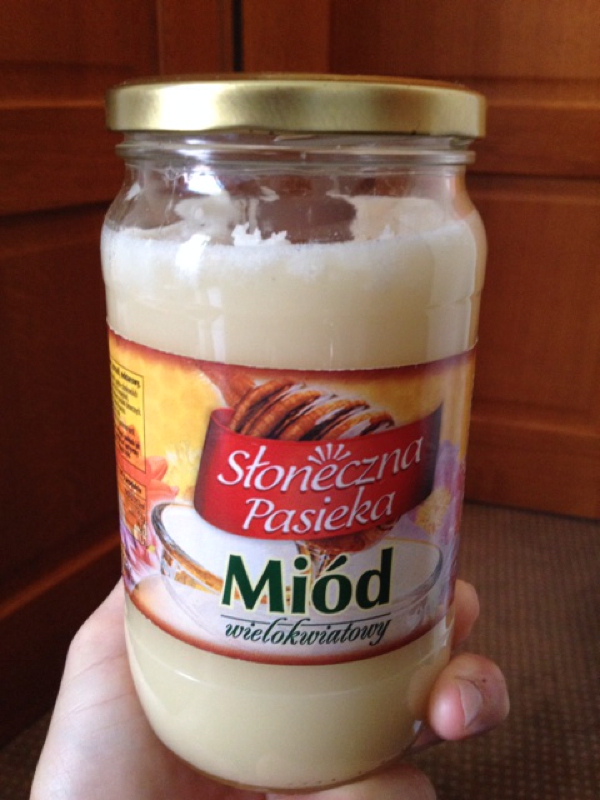
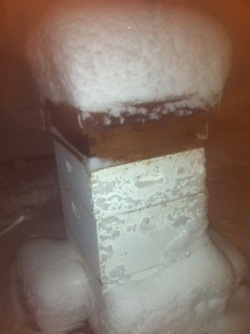
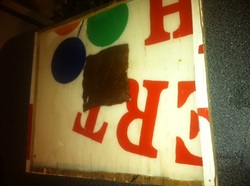
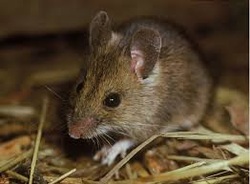

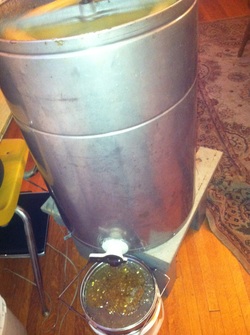
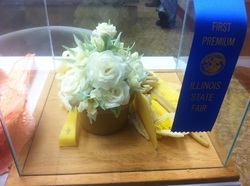
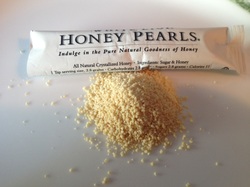
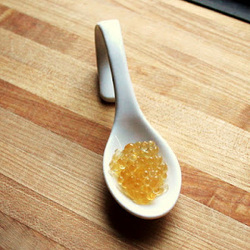
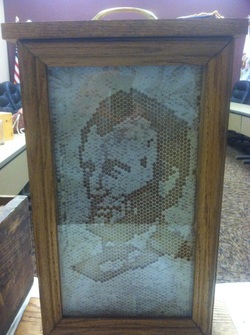

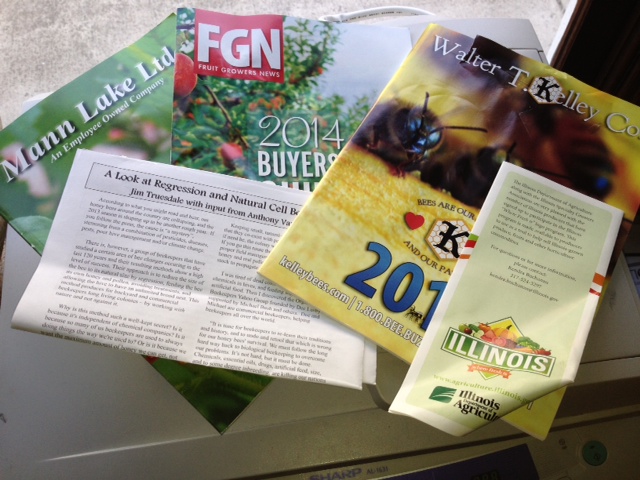
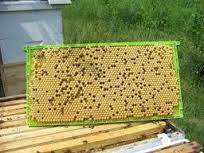
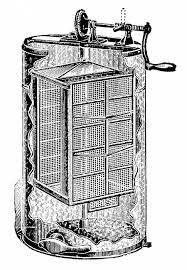
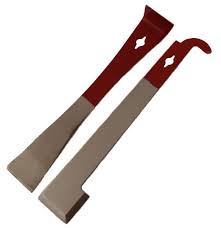
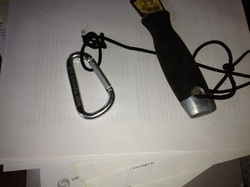
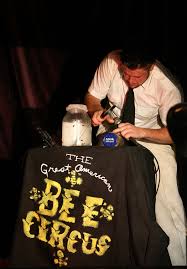
 RSS Feed
RSS Feed